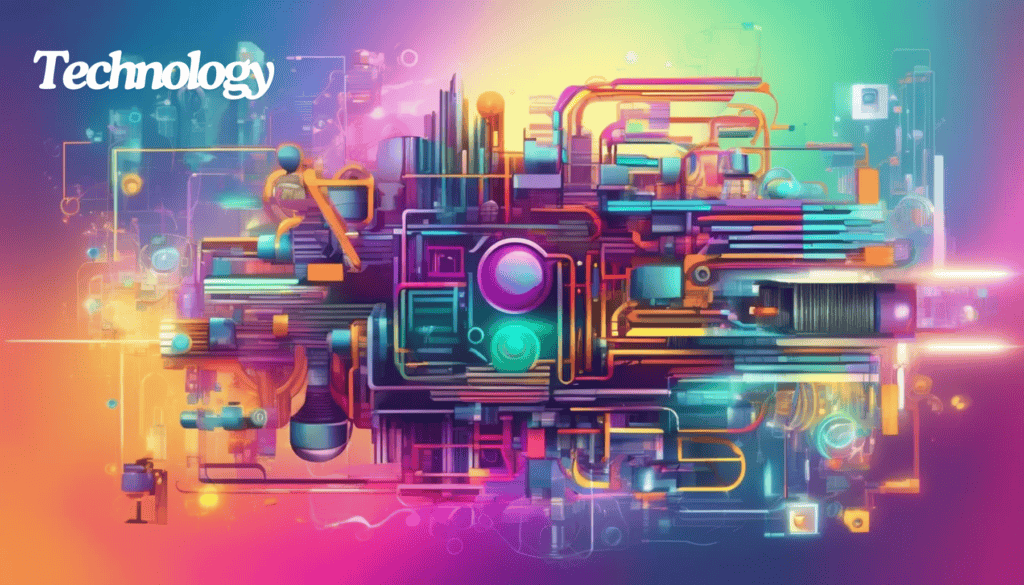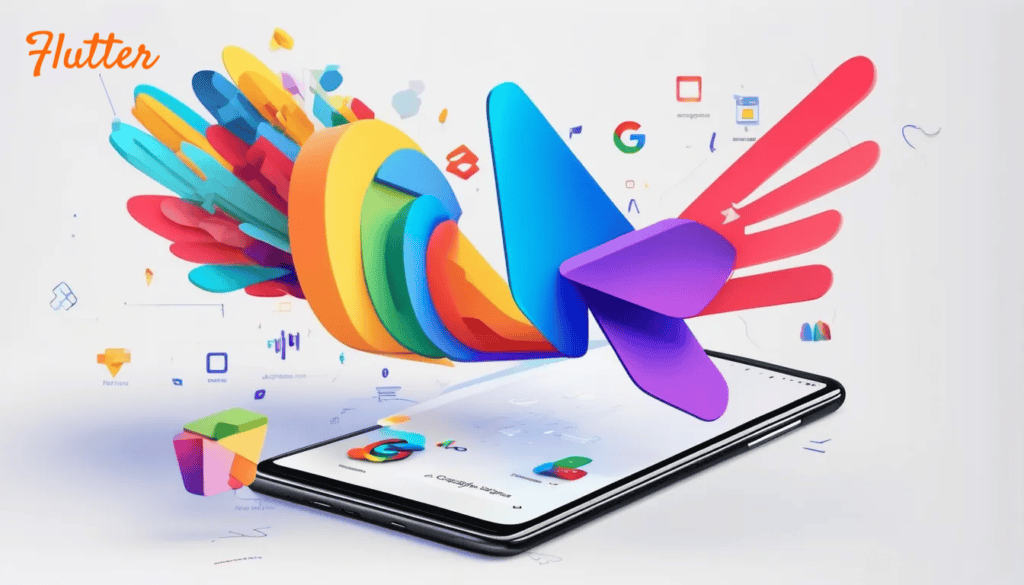Result for category: Global

WordPress for beginners. Easy way to create website
You want to create a website but less knowledge about ...

Happy New Year 2025 !!! These are Programming Technologies Poised to Boom in 2025
As we move into 2025, the programming world is set ...

This is Summary of the Newest Programming Technologies in 2024
As technology advances at an unprecedented pace, 2024 has seen ...

Start your journey with flutter here! Step by step to install Flutter
Futter, a popular technology in mobile development. The ease of ...

How did some line of code become a whole working application
An application is a common thing to be used in ...
